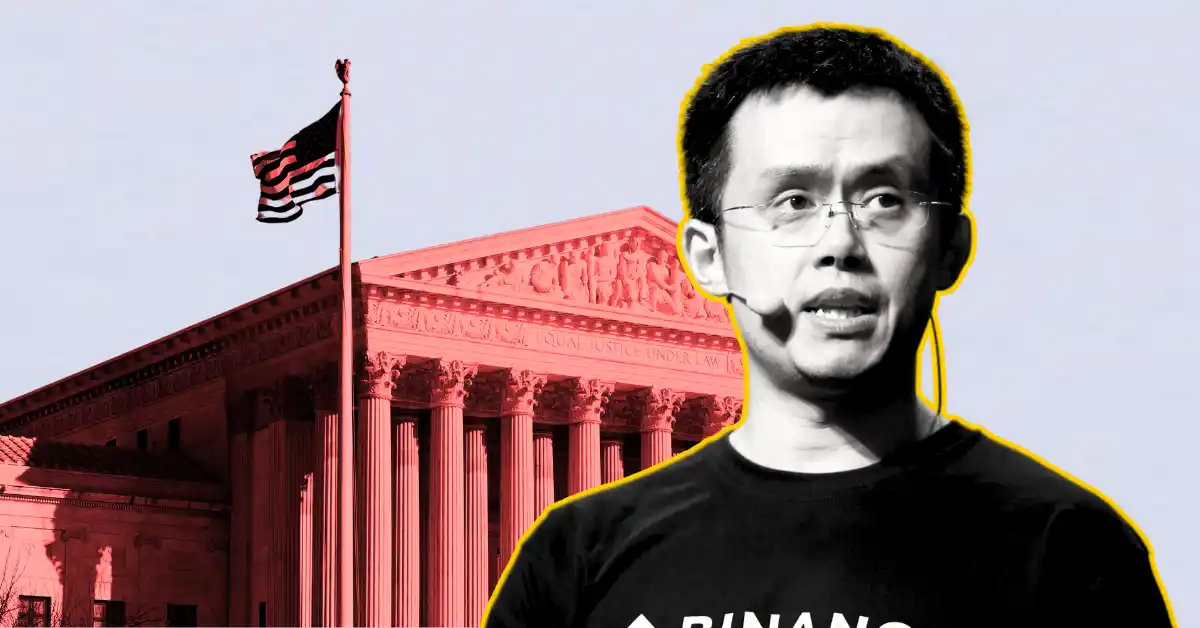The Deepfake Dilemma: Navigating a World of Synthetic Deception
The digital world is being reshaped, not just by technological progress, but by its malicious exploitation. Artificial intelligence, and specifically the sophisticated creation of deepfakes, is rapidly becoming a powerful tool for cybercriminals. Recent warnings from Binance founder Changpeng Zhao (CZ), combined with a string of high-profile incidents, highlight the mounting threat posed by these AI-generated fabrications, affecting not only the cryptocurrency sphere but also various other sectors. The central problem is not merely the existence of deepfakes, but their increasing realism and the resulting breakdown of trust in traditional verification methods.
The Trigger: An Influencer Hacked and CZ’s Warning
CZ’s public alerts were prompted by the hacking of Japanese crypto influencer Mai Fujimoto’s X account. This wasn’t achieved through a typical hack, but through a ten-minute deepfake Zoom call with a fraudulent user. After initially hacking Fujimoto’s Telegram account, the hackers used this access to stage the deepfake video call, ultimately installing malware and taking control of her X account. This event served as a stark reminder of how easily even tech-savvy individuals can be fooled.
CZ responded quickly, emphasizing the unreliability of video call verification as a security measure. He warned against installing software from unofficial links, particularly those requested during suspicious interactions. This wasn’t a one-off warning. CZ has repeatedly underlined the dangers of AI-driven impersonation, even sharing examples of deepfake videos of himself promoting fake cryptocurrency schemes. He predicts that within a few years, it will be nearly impossible to differentiate between real and AI-generated videos.
Beyond Crypto: A Widespread Vulnerability
While the crypto community is a prime target, the threat of deepfakes extends far beyond the world of digital currencies. Reports reveal that deepfake attacks are targeting prominent figures across a wide range of fields. Celebrities like Taylor Swift and Donald Trump have been featured in AI-generated videos, raising concerns about misinformation and potential political manipulation. Even more concerning, a finance worker at a multinational firm was recently defrauded of $25 million after being tricked by a deepfake of their company’s CFO during a video conference. Similarly, a UK energy company lost $243,000 to a scam involving a deepfake audio impersonating a CEO.
These events show that deepfakes aren’t just social media jokes or celebrity impersonations; they present a major financial and security risk to both businesses and individuals. The technological sophistication allows criminals to convincingly mimic voices and appearances, making it increasingly difficult to distinguish between genuine communication and sophisticated fraud.
How the Attacks Work: From Telegram to Malware
The Fujimoto hack clearly shows the attack chain. It starts with compromising a less secure platform – in this case, Telegram. This initial breach gives access to sensitive information and creates a base for further exploitation. The hackers then use this access to start a deepfake video call, exploiting the perceived security of visual verification.
The key is the smooth integration of deepfake technology with social engineering tactics. By creating a realistic and convincing persona, the attackers gain the victim’s trust, leading them to unwittingly install malware. This malware then allows the attackers to access important accounts and sensitive data. The reports also highlight the use of deepfake holograms, demonstrating the growing sophistication of these attacks.
The Growing Problem: More Than Just a 50% Increase
The threat is not standing still; it’s growing rapidly. Reports show a 50% increase in AI deepfake attacks, indicating a significant rise in malicious activity. This rise is driven by the increasing accessibility and affordability of deepfake technology. Tools for creating deepfakes, which previously needed specialized skills and lots of resources, are now easily available, allowing more people to carry out fraudulent schemes.
Furthermore, the reports point to a growing “cybercriminal economy” centered around deepfake technology. Threat actors are actively collecting video and audio clips of individuals to create convincing impersonations, essentially turning public appearances into material for malicious activities. The case of Patrick Hillman, Binance’s Chief Communications Officer, illustrates this point – his previous interviews were used to create a deepfake hologram used in attacks against crypto projects.
Regulatory Responses and the Need To Be Alert
Recognizing the seriousness of the threat, regulatory bodies are beginning to take action. Efforts are underway to combat deepfakes, focusing on protecting individuals and safeguarding electoral integrity. However, regulation alone isn’t enough. A multi-layered approach is needed, including technological solutions, better cybersecurity awareness, and proactive risk mitigation strategies.
Coinbase’s top cyber executive stresses the importance of prioritizing security over convenience. This highlights the need for individuals and organizations to adopt stricter verification procedures, even if they make the process more difficult. Multi-factor authentication, strong password management, and healthy skepticism are essential defenses against deepfake attacks.
A Future Defined by Distrust: Surviving the Deepfake Age
The rise of sophisticated deepfakes presents a fundamental challenge to trust in the digital age. As the technology evolves, the line between reality and fabrication will become increasingly blurred. CZ’s warnings are not just about protecting cryptocurrency investments; they are about recognizing a wider societal threat.
The future requires a higher level of digital literacy and critical thinking. We must learn to question the authenticity of everything we see and hear online, and to rely on verified sources of information. The age of unquestioning acceptance is over. The ability to distinguish truth from deception will be a vital skill for navigating the increasingly complex and treacherous digital landscape. The stakes are high, and the time to adapt is now.











